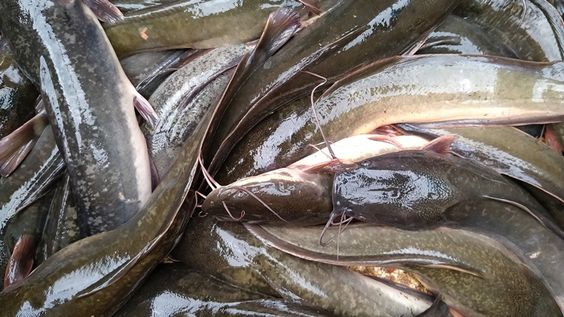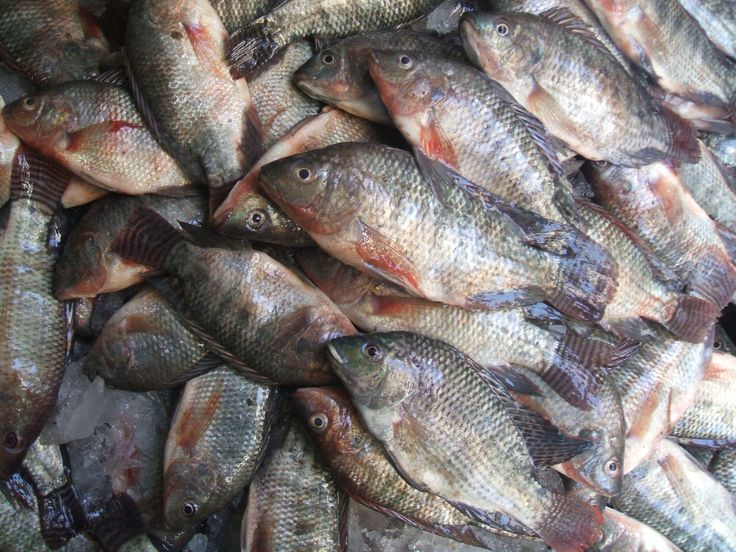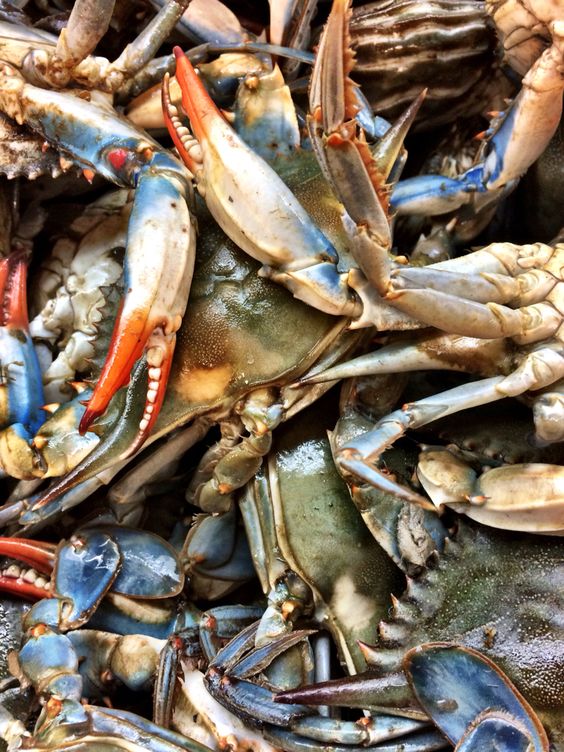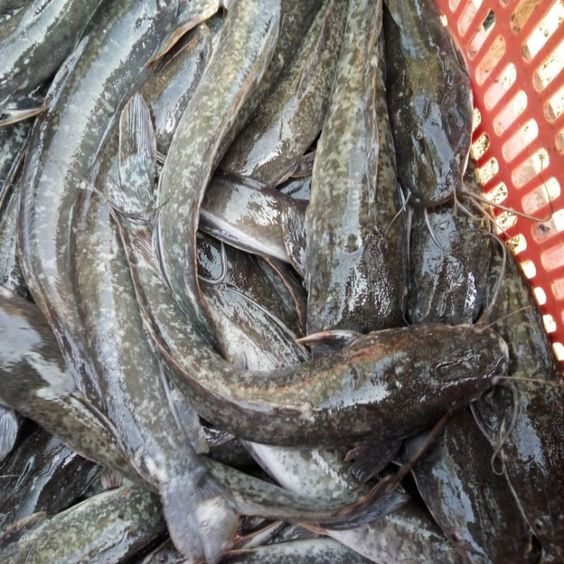Technical Aspects of Catfish: A Comprehensive Look
Technical Aspects of Catfish are a diverse group of whiskered fish with a global presence in aquaculture and cuisine. Understanding their technical aspects is crucial for successful farming, conservation efforts, and responsible consumption.
Contents
- 1 Biology and Physiology Technical Aspects of Catfish:
- 2 Aquaculture Technical Aspects of Catfish:
- 3 Benefits of Technical Aspects of Catfish Farming:
- 4 Challenges and Considerations Technical Aspects of Catfish:
- 5 Future Ideas and Suggestions Technical Aspects of Catfish:
- 6 Deep Dive into Technical Aspects of Catfish: Specific Topics
Biology and Physiology Technical Aspects of Catfish:
- Species Variety: There are over 3,000 catfish species, each with unique biological characteristics. The most commercially farmed varieties include channel catfish (North America), pangasius (Asia), and clarias catfish (Africa).
- Anatomy and Physiology: Catfish possess barbels (whiskers) for navigation and feeding, a lack of scales (smooth skin), and a forked caudal fin for propulsion. They are generally omnivorous, feeding on insects, plants, and smaller fish. Their respiratory system adapts to low oxygen environments, allowing them to thrive in ponds and slow-moving rivers.
Aquaculture Technical Aspects of Catfish:
- Pond Management: Technical Aspects of Catfish farming relies on well-maintained ponds with proper water quality control. Monitoring factors like dissolved oxygen, pH, and temperature is essential for optimal fish health.
- Feeding Strategies: Formulated feeds with balanced nutrients are used to ensure proper growth and development. Feeding regimes are adjusted based on fish age, water temperature, and desired production goals.
- Disease Prevention: Maintaining a clean environment and implementing biosecurity measures are crucial to prevent diseases that can devastate catfish populations. Vaccination programs can be employed for specific diseases.
- Harvesting Methods: Catfish are harvested using seines, traps, or graded nets. The specific method depends on pond size, fish size, and desired market specifications.
Benefits of Technical Aspects of Catfish Farming:
- High Protein Source: Catfish are a good source of lean protein, essential for human health.
- Efficient Production: Catfish have a relatively fast growth rate and good feed conversion ratio, making them an efficient protein source compared to other livestock.
- Relatively Low Environmental Impact: Compared to terrestrial livestock, catfish farming requires less land and water resources.
- Economic Opportunity: Catfish farming can be a source of income and livelihood for rural communities, particularly in developing nations.
Challenges and Considerations Technical Aspects of Catfish:
- Water Quality Management: Maintaining optimal water quality in ponds requires constant monitoring and adjustments. Fluctuations can negatively impact fish health and production.
- Disease Outbreaks: Disease outbreaks can cause significant economic losses for catfish farmers. Implementing biosecurity protocols and preventative measures are crucial.
- Environmental Concerns: Overuse of antibiotics and improper waste management can have negative environmental consequences. Sustainable farming practices are essential.
- Market Fluctuations: Catfish prices can fluctuate depending on market demand and competition from other protein sources. Diversification can be a strategy to mitigate risk.
Future Ideas and Suggestions Technical Aspects of Catfish:
- Genetic Improvement: Selective breeding programs can focus on improving growth rates, disease resistance, and other desirable traits in catfish.
- Aquaponics Integration: Integrating catfish farming with hydroponics (growing plants in water) creates a closed-loop system that utilizes waste products and reduces environmental impact.
- Advanced Monitoring Technologies: Utilizing sensors and data analytics for real-time monitoring of water quality and fish health can improve farm efficiency and decision-making.
- Consumer Education: Educating consumers about the benefits of sustainable catfish farming and responsible sourcing practices can promote responsible consumption.
Deep Dive into Technical Aspects of Catfish: Specific Topics
Building upon the foundational knowledge of catfish biology and aquaculture, let’s explore some specific technical areas in more detail:
1. Water Quality Management:
- Dissolved Oxygen (DO): Catfish are relatively tolerant of low oxygen environments, but maintaining optimal DO levels (around 5-8 mg/L) is crucial for growth and health. Aeration techniques like paddlewheel aerators or diffused air systems can be employed to maintain sufficient DO, especially in densely stocked ponds.
- pH Levels: Catfish prefer slightly acidic to neutral water (pH 6.5-8.0). Fluctuations outside this range can stress the fish and impact their immune system. Regularly monitoring and adjusting pH with lime or other buffering agents is essential.
- Ammonia Management: Ammonia, a byproduct of fish excretion, can be toxic to catfish. Maintaining low ammonia levels through proper water management (partial water changes) and biological filtration systems is crucial.
- Nitrification Cycle: Understanding the nitrification cycle, the process by which beneficial bacteria convert ammonia into less harmful nitrites and nitrates, is vital for maintaining a healthy pond ecosystem.
2. Nutrition and Feeding Strategies Technical Aspects of Catfish:
- Nutrient Requirements: Catfish require a balanced diet with protein, carbohydrates, lipids, vitamins, and minerals for optimal growth and development. Formulated feeds are designed to meet these specific needs.
- Feeding Frequency and Ration Size: Feeding regimes are tailored based on fish age, water temperature, and desired production goals. Generally, younger fish are fed more frequently with smaller rations, while older fish receive larger rations less often.
- Feed Conversion Ratio (FCR): FCR measures the amount of feed required to produce one unit of fish weight. A lower FCR indicates more efficient feed utilization and reduces production costs.
- Alternative Feed Sources: Research is ongoing into sustainable alternative feed sources like insect meal or single-cell protein to reduce reliance on traditional fishmeal ingredients.
3. Disease Prevention and Management Technical Aspects of Catfish:
- Biosecurity Protocols: Implementing biosecurity measures like disinfecting equipment, foot baths, and proper quarantine procedures minimizes the risk of introducing pathogens into the farm.
- Vaccination Programs: Vaccination can be a preventative measure against specific bacterial diseases prevalent in catfish farming. Consulting with a fish health professional is crucial to determine appropriate vaccination protocols.
- Parasitic Control: Parasitic infections can affect catfish health. Regular monitoring and treatment with approved parasiticides are necessary measures.
- Water Quality Monitoring: Maintaining optimal water quality conditions is a critical preventative measure against disease outbreaks. Stressed fish are more susceptible to infections.
4. Sustainable Technical Aspects of Catfish Farming Practices:
- Integrated Aquaculture: Integrating catfish farming with other aquaculture systems, like vegetable production (aquaponics) or shrimp farming, can create a closed-loop system that utilizes waste products and reduces environmental impact.
- Waste Management: Proper management of pond waste is crucial. Settling ponds or biofilters can be used to treat wastewater before it is released back into the environment.
- Reduced Antibiotic Use: Overuse of antibiotics can lead to antibiotic resistance in bacteria. Utilizing alternative disease prevention measures and responsible antibiotic use are essential for sustainability.
- Water Conservation Techniques: Implementing water conservation strategies like using recirculating aquaculture systems (RAS) can reduce water usage in catfish farming.
5. Technical Aspects of Catfish Processing and Value Addition:
- Harvesting Techniques: Selecting the appropriate harvesting method depends on pond size, fish size, and desired market specifications. Seines, traps, and graded nets are commonly used.
- Post-Harvest Handling: Proper handling practices after harvest minimize stress and ensure product quality. Maintaining cold chain management during transportation is crucial.
- Processing Techniques: Catfish can be processed into various products like fillets, steaks, nuggets, or value-added products like smoked catfish or catfish jerky.
- Minimizing Waste: Utilizing byproducts from processing, like catfish skin or viscera, for value-added products like gelatin or fishmeal reduces waste and maximizes resource utilization.
This deeper exploration provides a more technical understanding of specific aspects crucial for successful catfish farming. Remember, this is just a glimpse into the vast world of catfish science and technology. With ongoing research and innovation, the future of catfish farming holds promise for sustainable and efficient protein production.






